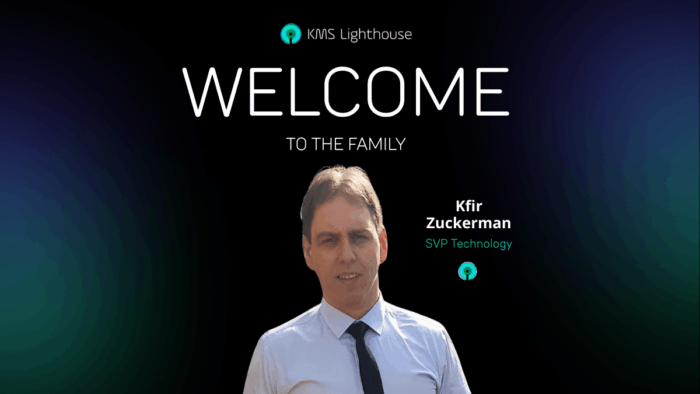A good starting point is to see your call center as an engagement center. Customers have multiple channels through which they engage your company, such as online communities, social media, email, internet and phone. Taking this viewpoint will help you see customers in context as they move through the lifecycle across various channels.
Below are several best practices for designing your call center metrics strategies.
Begin with the Desired Results
Identify the desired results from implementing call center metrics strategies. Do you want to increase revenue? Build a loyal customer base? Improve customer satisfaction? Once you have determined the focus, you can select the appropriate KPIs to track and measure the outcomes.
Identify Customer Categories
Each customer is unique; however, you will be able to categorize them based on common traits. Generally, these are the most common categories:
- The customer who leaves considerable data for your business to collect. Your call center agents can provide personalized service based on data collected.
- The customer who visits your site anonymously, and who can be tracked only through keystrokes. When your agents know this, they can take a different tactic to draw out more personal information for a better experience.
- The customer who has a desired resolution already in mind. This may be a repeat customer registered on your site giving you visibility into their history.
Add Qualifications to Each Category
Each category can be further clarified by adding customer qualifications to help you determine your call center metrics strategies. For instance, you can consider the following:
- Customers who have purchased service level agreements. For example, a customer with a platinum agreement may qualify for higher levels of service.
- Total customer spending.
- Their influence on other customers, such as their use of Twitter, blogs, or personal appearances.
Identify the Tools Your Agents Will Need
The final step to building your call center metrics strategies is to identify the tools your agents need to implement the process. Which channels will your customers use? How many channels will your agents manage concurrently?
In addition, the physical layout of the agents’ workspace plays a key role in the successful integration of your strategy. This is more than desks and chairs. The dashboard of your system must be clear, easy to use, and with high levels of authorization to efficiently satisfy the customers. Your agents need the system to push the right information at the right time rather than wasting time switching between systems.
In essence, you want to identify the qualitative elements of sterling customer service in order to identify which KPIs to use. Then you will have the concrete data in hand as proof of a successful strategy.







